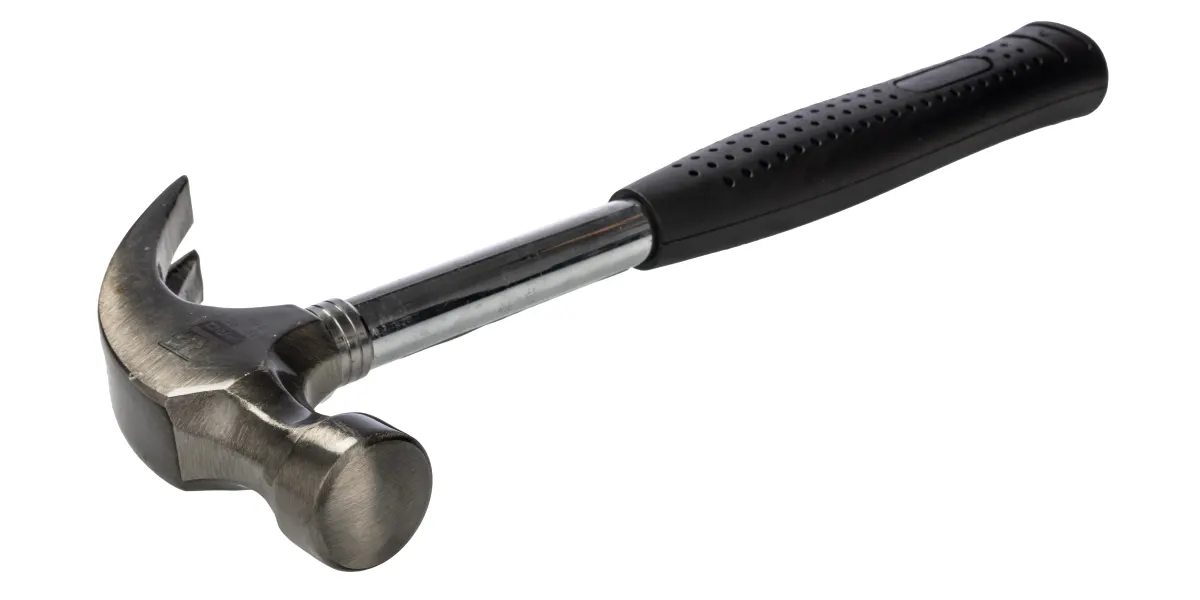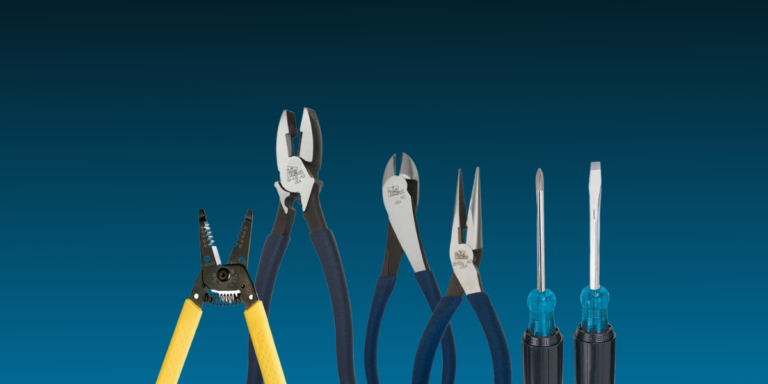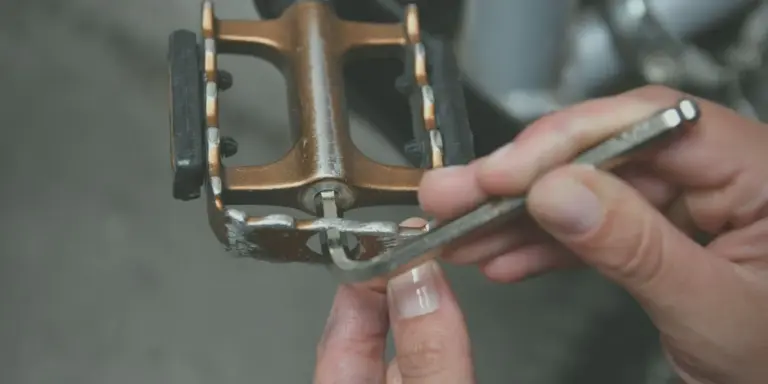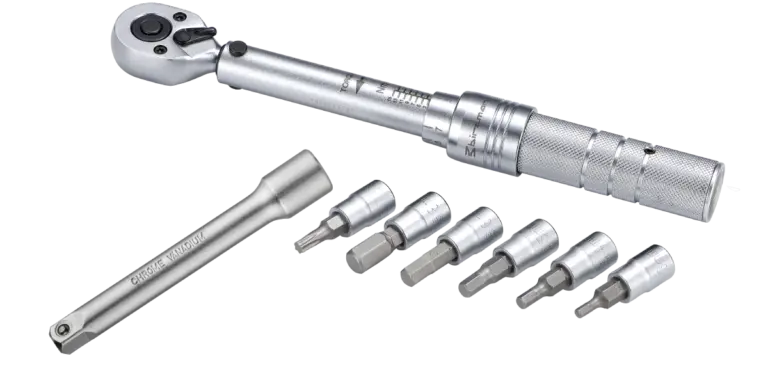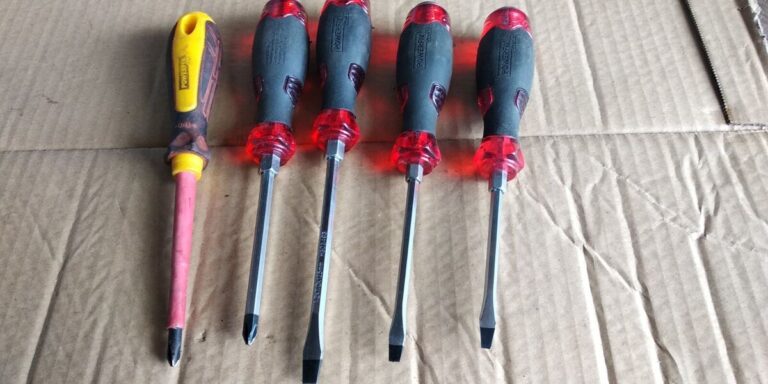Claw Hammer vs. Framing Hammer
Hammers are among the oldest and most reliable tools in any DIYer’s toolbox, but not all hammers are created equal. Over the years, I’ve worked with a wide variety of hammers, and two types tend to stand out the most for general and heavy-duty use: the claw hammer and the framing hammer. While they might look similar at a glance, their designs, uses, and advantages couldn’t be more different when you put them into action.
When it comes to the debate of Claw Hammer vs. Framing Hammer, knowing which one to use can improve your accuracy, save you time, and reduce strain during a project. I’ve used both extensively—driving nails into hardwood, prying boards apart, building sheds, and assembling furniture—and I’ve learned there are clear cases for choosing one over the other. This article dives into the details that separate the two and how you can pick the right one based on the type of work you do.
Let’s break down what sets them apart, from design and performance to ergonomics and application.
Design Differences
The most obvious difference between a claw hammer and a framing hammer is in the head design and weight. A claw hammer generally features a curved claw on the back of the head, making it ideal for pulling nails. The head is also typically smooth, which helps avoid damage to wood surfaces. Most claw hammers weigh between 10 and 16 ounces, making them light enough for household tasks while still providing sufficient force for driving nails.
Framing hammers, by contrast, are built for heavy-duty construction. They’re often heavier—ranging from 20 to 32 ounces—and have a straighter claw. This straight claw works well for prying lumber and tearing apart nailed-together frames. Framing hammers also usually come with a milled face (a waffle pattern on the striking surface) to grip nail heads more effectively, especially when speed and power are more important than finish.
The overall shape and heft of these two tools reflect their intended use. If you’re ever weighing the Claw Hammer vs. Framing Hammer debate for a specific task, start by evaluating the scale of your project and the need for finesse versus force.
Handle Material and Length
Another key factor in hammer performance is the handle, and the differences here are worth mentioning. Claw hammers are commonly available with handles made of wood, fiberglass, or steel. Wood offers great shock absorption, fiberglass gives a balanced feel with decent vibration control, and steel provides unmatched durability but transfers more shock to your hand and wrist.
Framing hammers usually have longer handles—typically 16 to 18 inches—to give you more leverage and deliver greater impact with each swing. The handles on these are most often made from steel or fiberglass, with shock-reduction grips to compensate for the force of repeated heavy blows.
When comparing Claw Hammer vs. Framing Hammer, I always consider the task’s impact level. If I’m working overhead or driving dozens of large nails into framing studs, the framing hammer’s extra handle length and weight come in handy. But if I’m just hanging pictures or repairing a fence, the claw hammer’s compact, lighter frame is easier on the arms and wrist.
Performance on the Job
Performance-wise, the claw hammer wins for versatility and precision. I reach for it whenever I need to pull a nail from a piece of finished wood without gouging the surface or leaving dents. Its lighter weight and smooth face are ideal for furniture, cabinetry, and delicate trim work. It’s a reliable go-to for most indoor repairs or household maintenance tasks.
The framing hammer shines when the job calls for strength and durability. It’s designed for framing houses, decks, and outdoor structures where cosmetic damage is less of a concern. The milled face bites into nail heads, even if I’m off-target by a little. I’ve found it especially useful when speed is essential and I don’t have time to gently tap each nail into place.
If I had to describe the Claw Hammer vs. Framing Hammer matchup in terms of personality, the claw hammer is the precision craftsman, and the framing hammer is the brute-force builder.
Nail-Pulling Capability
Prying nails out of wood is a task I find myself doing almost as often as hammering them in. Here, the claw hammer’s curved claw gives it a definite advantage. The curve acts like a lever, maximizing torque and making it easy to extract nails with minimal damage to the wood.
The framing hammer, with its straighter claw, is better suited for prying apart framing and removing deeply embedded or bent nails. It requires more force and offers less control when removing smaller nails. In my experience, it can chew up softwood pretty badly if you’re not careful.
In the practical comparison of Claw Hammer vs. Framing Hammer, nail removal is one of those functions where the claw hammer usually edges ahead for anyone doing finish work or working with reclaimed materials.
Weight and Fatigue
Weight plays a big role in how long I can work with a tool without feeling fatigued. A claw hammer’s lighter weight makes it perfect for extended sessions. Whether I’m assembling a long run of wooden shelving or working above shoulder height, the reduced strain means better focus and less soreness at the end of the day.
Framing hammers, while powerful, take a toll on the arms and shoulders. They’re efficient for high-volume nailing but require more control and strength to wield effectively. If you’re not used to them, the heavier head can be punishing after even an hour of use.
For this reason, I usually consider a framing hammer a specialty tool—perfect for framing walls or building a deck—but not something I’d use for everything. The Claw Hammer vs. Framing Hammer debate comes down to endurance for many DIYers, and that’s where the claw hammer often wins for all-around use.
Cost and Availability
Price is another important factor. Most claw hammers fall into a modest price range, making them affordable for even the most casual DIYer. You can find quality options in hardware stores and online without breaking the bank.
Framing hammers, because of their specialized design and materials, tend to cost more. That’s especially true for brands that incorporate anti-vibration technology or magnetic nail starters. While the price increase is often justified by durability and power, it’s not a necessary investment for every toolbox.
If you’re trying to decide which to buy first in the Claw Hammer vs. Framing Hammer showdown, I’d suggest starting with a well-balanced claw hammer. You can always add a framing hammer later if your projects grow in complexity.
Safety Considerations
When using any hammer, safety should never be overlooked. Claw hammers pose minimal risk if used correctly, especially with safety glasses and a proper grip. The lighter weight makes them less likely to cause serious injury if dropped or misused.
Framing hammers, due to their size and power, can be more dangerous if you’re not experienced. The milled face, for instance, can catch and send nails flying if you’re not careful. The extra force also increases the likelihood of damaging materials or injuring yourself if your aim is off.
So in the Claw Hammer vs. Framing Hammer match, the claw hammer tends to be more beginner-friendly, while the framing hammer demands more respect and control.
When to Use Each Tool
Here’s how I usually decide between the two:
Use a Claw Hammer when:
- Doing indoor repairs and woodworking
- Hanging shelves or pictures
- Removing nails without damaging wood
- Working in tight or delicate spaces
- Seeking comfort during long tasks
Use a Framing Hammer when:
- Building large structures like decks or walls
- Driving long nails quickly and efficiently
- Working on rough carpentry or demolition
- Needing maximum impact force
- Prying apart nailed boards
Each hammer serves a purpose, and having both means I’m prepared for anything from cosmetic repairs to large-scale construction.
Final Verdict
Choosing between a claw hammer and a framing hammer really depends on the type of DIY work you find yourself doing most often. If you’re tackling general household repairs, furniture builds, or delicate woodworking, a claw hammer is going to be your best friend. It’s light, accurate, and great for finish work.
On the other hand, if you’re framing walls, building out structures, or driving big nails into thick lumber, a framing hammer is built for that kind of punishment. It’s a heavy-duty tool that shines in construction environments where speed and power matter more than finesse.
Ultimately, both tools deserve a place in any serious toolbox. But in the daily battle of Claw Hammer vs. Framing Hammer, you’ll get more mileage out of the claw hammer for most home projects. Add the framing hammer when your DIY skills evolve and your builds become bolder.
Whichever one you use, make sure it fits your hand, feels balanced, and is built to last. Because the best hammer isn’t the one with the most features—it’s the one that helps you work smarter, safer, and more effectively every time.

